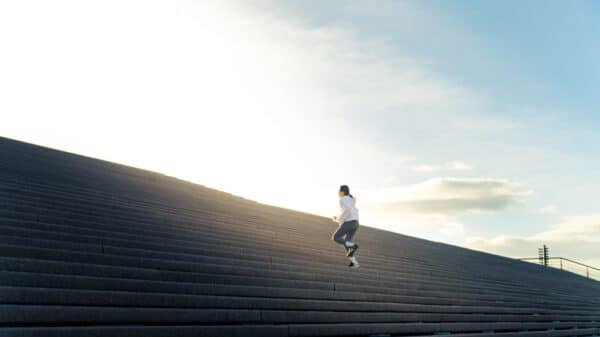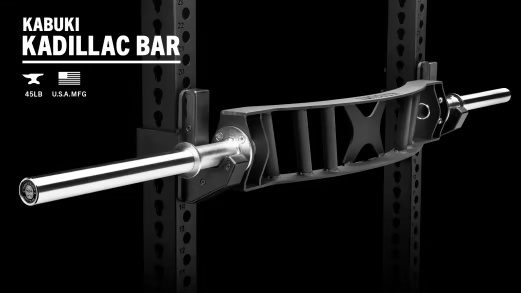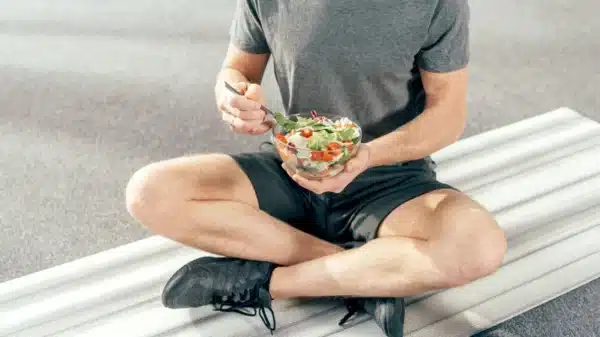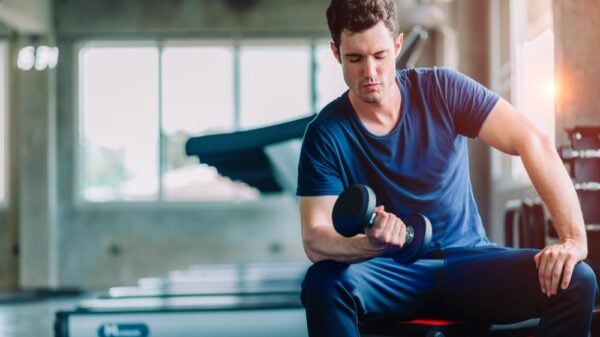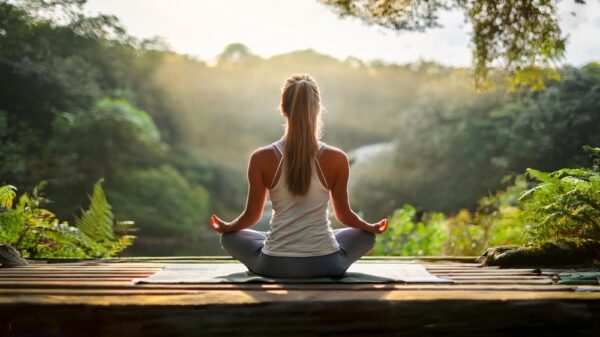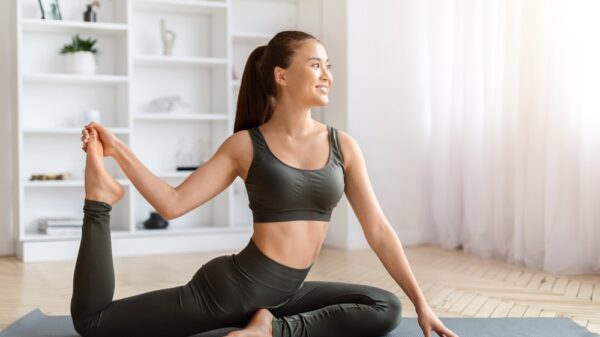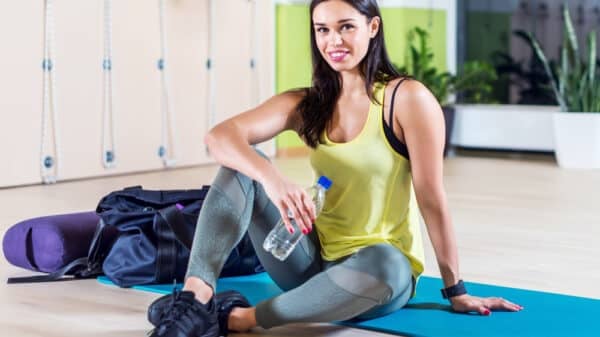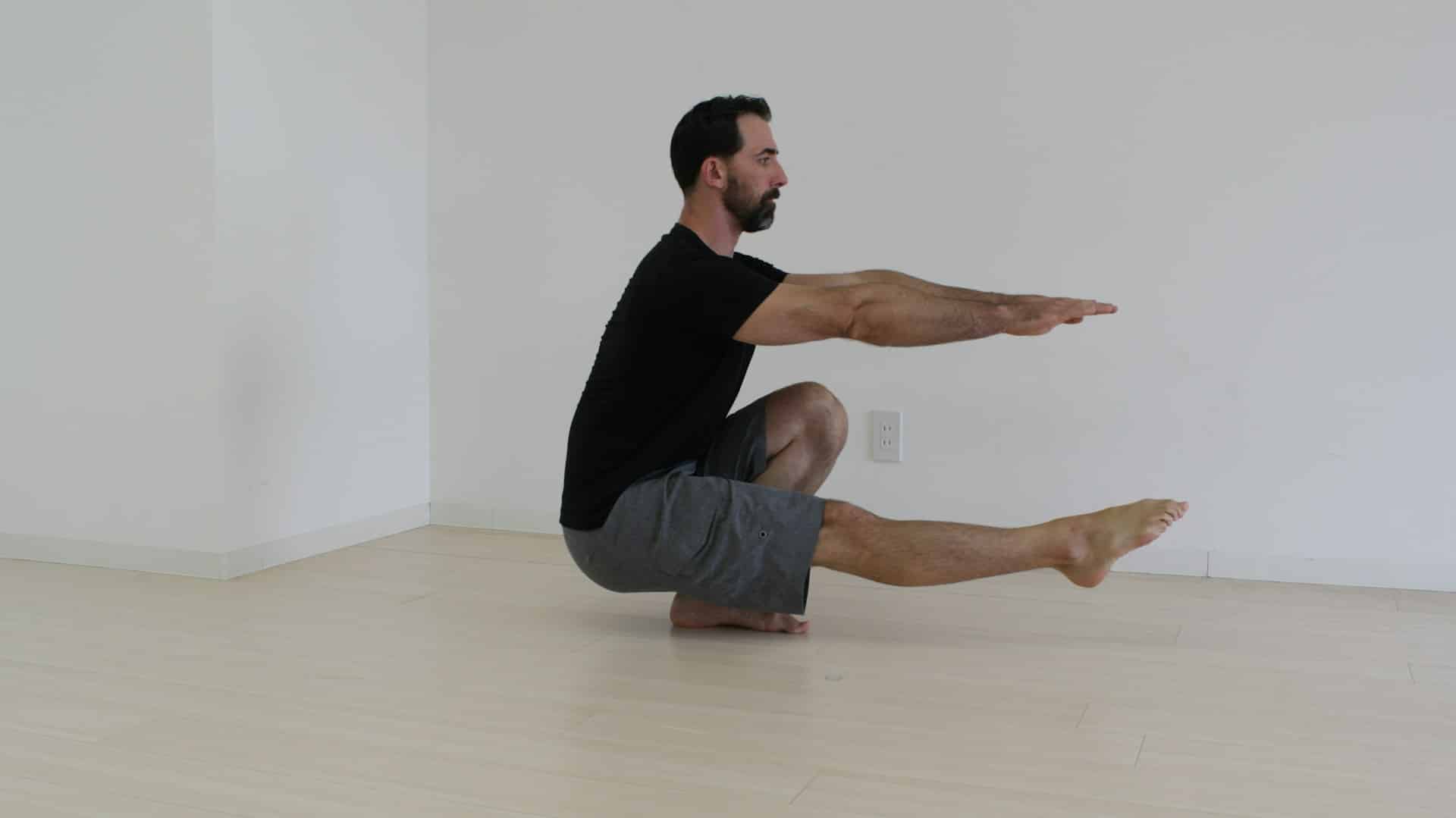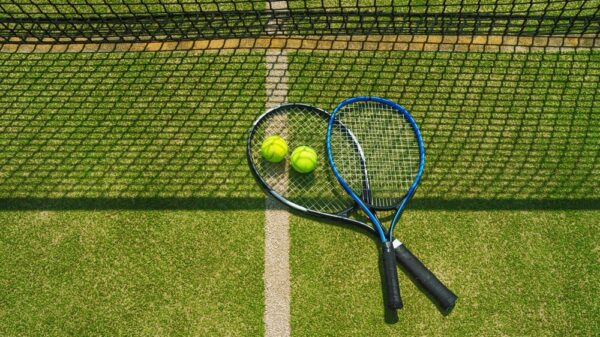Have you ever marveled at how professional dancers glide seamlessly across the stage without a glance at their positioning? This remarkable feat is made possible by a sophisticated bodily system known as proprioception. It plays a key role in our daily movements, enabling us to navigate complex environments with agility and confidence.
Understanding Proprioception
At its core, proprioception refers to our body’s ability to perceive its own position and movement in space. Specialized sensors called proprioceptors relay information regarding joint angles, muscle lengths, and tensions to the brain. This sensory feedback allows us to understand where our limbs are located and how they are moving, often without the need for visual confirmation.
Everyday Applications
Proprioception is vital not only for dancers but for everyone engaged in physical activity. Whether we are walking down a dark staircase or participating in high-intensity sports, our body intuitively executes movements that rely on proprioceptive feedback. Improving our proprioceptive abilities can enhance coordination and prevent injuries, making our physical endeavors smoother and more efficient.
The Science Behind Proprioception
The body’s proprioceptive system is incredibly intricate. It involves proprioceptors located in muscles, tendons, joint capsules, and ligaments. These receptors respond to changes in movement and position, providing real-time data that informs the brain about body dynamics.
According to the International Association for Dance Medicine, proprioception can be likened to a sixth sense, extending beyond the traditional five senses to encompass bodily awareness. This profound sense is not only integral to knowing how our body moves but also influences our perception of effort, muscle tone, and balance.
Neural Connections and Feedback Loops
When we move, sensory signals from proprioceptors travel to the spinal cord and then to various brain regions. This immediate feedback enables us to adjust our movements subconsciously, enhancing our response time and coordination. The efficiency of this system is crucial for athletic performance; without strong proprioceptive skills, even simple movements could become challenging and lead to injuries.
Distinguishing Proprioception from Kinesthetic Awareness
While often used interchangeably, proprioception and kinesthetic awareness represent different aspects of bodily awareness:
– Proprioception: This is an unconscious process that allows us to sense our body’s position and movement.
– Kinesthetic Awareness: This conscious aspect involves the brain actively assessing movement and making adjustments based on our environment and activities.
For instance, when skiing down a slope, a skier employs proprioception to maintain balance while simultaneously using kinesthetic awareness to navigate turns and obstacles.
Different Types of Proprioceptors
The human body houses various types of proprioceptors, each specialized for different aspects of movement:
– Muscle Spindles: These detect changes in muscle length, allowing us to sense stretch and tension.
– Golgi Tendon Organs: Located at the junction of muscles and tendons, they respond to changes in muscle tension, providing feedback essential for muscle control and safety during movement.
Enhancing Proprioception
To boost your proprioceptive abilities, consider incorporating exercises that challenge your balance and spatial awareness, such as yoga, balance training, or dance. These activities not only foster better body awareness but also improve coordination, agility, and overall athletic performance.
Understanding Proprioception: The Key to Enhanced Movement and Performance
Proprioception, often referred to as the “sixth sense,” plays a crucial role in our ability to move effectively and maintain balance. This sensory system provides feedback from our muscles, joints, and tendons, allowing us to understand our body’s position in space. By honing our proprioceptive abilities, individuals can significantly improve their physical performance and reduce the risk of injury.
The Role of Muscle Spindles
Muscle spindles are specialized proprioceptors embedded within muscles. They are sensitive to changes in muscle length and tension. When a muscle is stretched, these spindles activate, sending signals to the brain that facilitate appropriate motor responses. This mechanism is vital for coordinated movement and balance, ensuring that the muscles can react swiftly to changes in position.
Who Can Benefit from Proprioception?
The benefits of proprioception training extend to a wide range of individuals, including:
– Athletes: High-level athletes rely on acute proprioceptive awareness for optimal performance.
– Rehabilitation Patients: Those recovering from injuries or surgeries can restore balance and coordination through proprioceptive exercises.
– Elderly Individuals: As age-related changes can diminish proprioceptive acuity, older adults can improve their stability and prevent falls.
– Children: Developing proprioceptive skills early can enhance motor skills and body awareness.
A decline in proprioceptive awareness can lead to difficulties in controlling muscle tone, thus affecting movement quality. Conditions like stroke, Parkinson’s disease, and various orthopedic injuries are often linked to proprioceptive deficits, making targeted training even more essential.
The Science Behind Proprioceptive Improvement
Recent studies have demonstrated the effectiveness of proprioception training across various populations. For example, a study published in the Journal of Neurophysiology revealed that engaging in motor learning tasks markedly improved proprioceptive acuity. Participants who practiced with a robotic arm showed enhanced sensitivity to hand movements, emphasizing how motor training can lead to better sensory response.
Furthermore, a longitudinal study involving professional female handball players found that those who participated in proprioceptive training saw significant improvements in their joint position sense compared to control groups. This result indicates that incorporating such training can lead to better injury prevention and performance enhancement.
Exercises to Enhance Proprioception
To cultivate proprioceptive skills, various exercises can be employed, ideally under the guidance of physical therapists or certified trainers:
1. Balancing Exercises
Activities that challenge balance can enhance proprioception. Using a balance board or performing single-leg stands forces the body to engage stabilizing muscles and improve coordination over time.
2. Eyes-Closed Exercises
Practicing balance with eyes closed enhances the communication between the brain and muscles. This method helps individuals learn to trust their proprioceptive feedback without visual cues.
3. Strengthening Exercises
Building muscle strength through exercises like squats and leg presses fosters a stronger connection between the brain and muscles, improving overall proprioceptive awareness.
4. Plyometric Drills
Incorporating plyometric movements, such as jumps and agility drills, enhances kinesthetic awareness and teaches the brain to effectively respond to dynamic movements.
Conclusion
Proprioception is an essential component of efficient movement and overall health. By understanding and improving proprioceptive skills, individuals from all walks of life can enhance their performance and reduce their risk of injury. Whether you’re an elite athlete or someone looking to improve daily functional movements, investing in proprioceptive training can yield considerable benefits.
As we delve deeper into the relationship between sensory feedback and motor command, it becomes increasingly clear that our body’s awareness and control are paramount in achieving optimal performance and well-being.# Effective Training Routine for Strength and Balance
Improving overall strength and balance is essential for maintaining daily functionality and enhancing athletic performance. This article presents various exercises that cater to individuals ranging from beginners to more advanced fitness enthusiasts. For maximum effectiveness, ensure that you have proper equipment and potentially consult with a fitness professional for guidance tailored to your needs.
1. Tabletop Position
Instructions:
– Start by kneeling on a mat for knee support, positioning yourself on all fours with your back flat and neck aligned with your spine.
– Lower your gaze to the floor, then simultaneously lift your right arm and left leg while tightening your core.
Repetitions:
– Maintain this position for 3 to 5 seconds, then switch to the other side.
– Aim for 10 repetitions on each side.
Advanced Variation:
– For increased difficulty, hold each position for 20 seconds with your eyes closed, focusing on core strength and balance while ensuring that your arm and leg remain parallel to the floor.
2. Single Leg Balance
Instructions:
– Stand tall with your feet hip-width apart. Lift your right knee to a 90-degree angle, holding this posture for 3 to 5 seconds before returning your foot to the ground.
Repetitions:
– Repeat this exercise five times on each leg. If necessary, use a wall or chair for support.
Advanced Variation:
– Challenge yourself by performing this exercise without support, eyes closed, and hold for 10 seconds on each leg, with 10 repetitions.
3. Crossover Walk (Karaoke)
Instructions:
– With your feet set hip-distance apart, start walking to your right. Cross your left leg over your right, then return to the starting position. Continue stepping sideways for about 15 yards.
Repetitions:
– Repeat this movement five times in each direction.
Advanced Variation:
– Speed up the exercise while raising your knees high as you cross. Engage your hips by twisting back and forth. Extend the distance to 25 yards, completing five to ten repetitions in each direction.
4. Squat Jump
Instructions:
– Stand straight, knees slightly bent, and feet shoulder-width apart. Lower into a squat until your thighs are parallel to the floor. Keep your back straight and focus on your heels.
Execution:
– Explode upwards, reaching for the sky as your feet leave the ground. Land softly in a squat position and immediately perform another jump.
Repetitions:
– Complete five to ten jumps.
Precautions
Before starting any exercise routine, it’s essential to consult with a fitness professional or a physical therapist. They can help personalize your program based on your fitness level and specific goals, whether you’re looking to improve balance as an older adult or enhance performance as a competitive athlete. Safety and proper technique should always be prioritized to prevent injury.
Final Thoughts
Incorporating these exercises into your weekly routine can significantly enhance your strength and balance. Remember that consistency is key, and make adjustments based on your progress and comfort level. Happy training!



